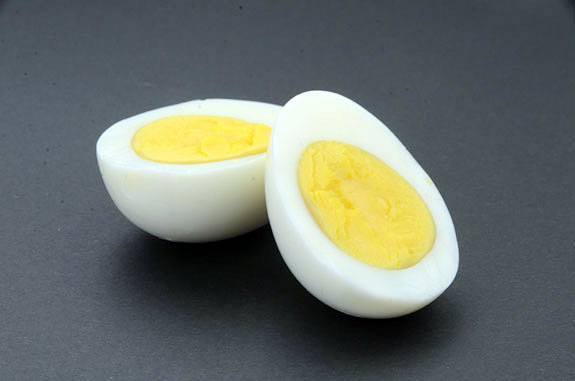With summer and warm weather approaching soon, well hopefully, hydration becomes even more important for everyone. Don't get me wrong, you need to be hydrated all the time, but particularly in the summer, it gets harder for people to remain hydrated and feeling good. Dehydration cannot only make up feel sluggish or tired, but can also have negative effects on our bodies and its functions.
The Institute of Medicine suggests that women should consume about 91 ounces of water per day, or about 11 8oz glasses per day, and men should be drinking about 125 ounces, or 16 8oz glasses of water per day. Instead of counting all those ounces or glasses, your urine should be pale yellow (we learned this in my life cycle nutrition class). That seems like a lot of water, but you can get some of this water through the foods you eat! Vegetables and fruits are very high in water and are good sources of vitamins and minerals for our diet too. Especially fruits like watermelons and strawberries.
Our bodies are about 70% water, and many of the processes and reactions that happen in the body need water to occur. When we don't get enough water, we may feel dehydrated. This brings along symptoms like headaches, dry mouth, muscle cramps (especially in athletes), nausea and vomiting, heart palpitations, and lightheadedness. This is just the stuff we can feel, here is some of the stuff that happens in our bodies that we cannot always feel or know what is going on-problems with digesting foods, the inability to regulate body temperature, kidney problems, swelling and bloating, problems with blood flow, and constipation. All of these can really hurt someone's body if they do not get enough water. But just by filling up a water bottle and sipping on it, refilling it and repeating, can prevent all of these problem!
If you want to add some flavor to your water, add some crystal light or another flavoring. You still get all the water and its benefits, with a little added taste. So drink up!




